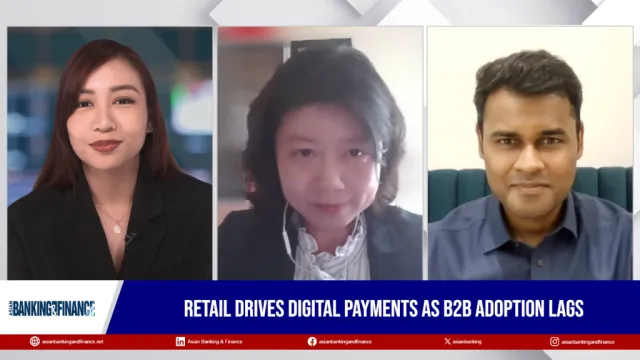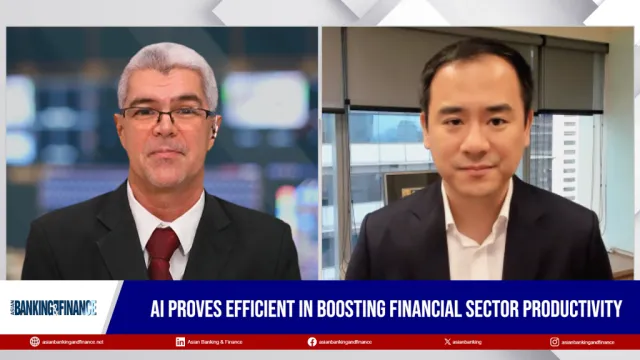Blueprints for Japan's next-generation payment infrastructure
By Eiichiro YanagawaThis post examines initiatives to accelerate the development of Japan's payment infrastructure through the lens of the Zengin System—the heart of this infrastructure.
Feature requirements and architecture
The next-generation system architecture follows in the footsteps of the 6th generation system which started operating in November 2011. In 2018, the new system (XML-based) will enter into service, expected to phase out the fixed-length electronic message format by 2020.
The new system looks to build upon the existing role of being a platform for fund transmission and payments between banks by engineering a new system that fully incorporates all business transaction EDI for orders placed and received between companies, linking this to payments with an eye to expanding the existing business transaction EDI features by having the system function as a platform for incubating new commercial services.
In short, the financial industry is looking to leverage its strategic position, and bring itself closer to the corporate and industrial sectors while trying to build a common platform that enables new transaction banking.
Anticipated benefits
The financial sector expects a number of benefits to ensue. By establishing a shared infrastructure, it expects to see greater efficiency, to yield benefits from AI-enabled big-data analysis, and the empowerment of individual banks to implement a broad new array of features.
In turn, linking payment and business transaction information to both heighten efficiency and enable advancements in payment operations will offer benefits for industry and individual companies. These include significantly reducing office tasks and the hassle related to matching and clearing accounts receivable and accounts payable information with funds sent and received. This will further enable companies to more easily conduct quantitative analysis of their operations to leverage EDI information to pioneer new business opportunities.
Conceptual path forward
This vision of the future will be influenced by the rising tides of fintech and digitalisation. Moving forward, businesses that hinge on recording financial information (the payment services execution in the payments value chain framework) will begin to spill over into the customer relationship intermediation business (payment instrument provision and post-transaction activities and services), which has until now been a peripheral area; these developments are offering a new challenge for players to more clearly carve out their own positions in a positive-feedback cycle within the industry.
We believe that the following factors will be fundamentally important:
- Striving to expand services both in the context of the existing domestic infrastructure and salient demand for reliable advancements in payment infrastructure coupled with adoption of effective technologies (XML electronic messages).
- Even in the context of overseas business, in which SWIFT is at the heart of foreign remittance, global transaction banking, and trade finance advancements, these efforts should prove extremely effective and generate solid, progressive results.
- Understanding the benefits of shifting from the current centralised architecture (Zengin System and BOJ-NET) to technology architectures that are finding traction globally such as distributed block-chain-like approaches or shared technologies.
- Expectations that, in tandem with striving for a fundamental solution for matching and clearing accounts payable and receivable with funds sent and received, companies will also harness EDI information to quantitatively analyse their own operations and use this to establish new infrastructures that pave the way to pioneer new business opportunities.
Celent prioritises the following three points when it envisages "the future of financial services":
1. The technology evolution that is taking place through the building of financial market infrastructures: the rise of Bitcoin, Blockchain, and Distributed Ledger Technology (DLT) and their latest examples.
2. Competition and co-creation in building these financial market infrastructures: Classical technology (ACH, SWIFT, etc., which are equivalent to Japanese Banks' Payment Clearing Network) versus Emerging Information and Value Transfer (e.g., Next-generation digital gift card service networks of Gyft and Chain.com; Ripple’s bi-directional messaging system coupled tightly with distributed ledgers for international banking payments).
3. Blue Ocean Strategy on payment services: New services based on financial market infrastructures which have resulted from the fusion of old and new techniques; resultant new digital lifestyle or new digital supply chains.


 Advertise
Advertise



